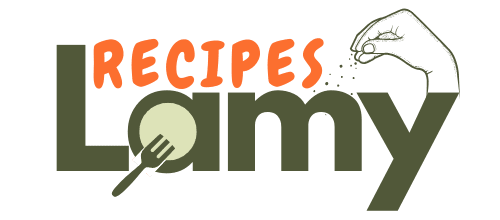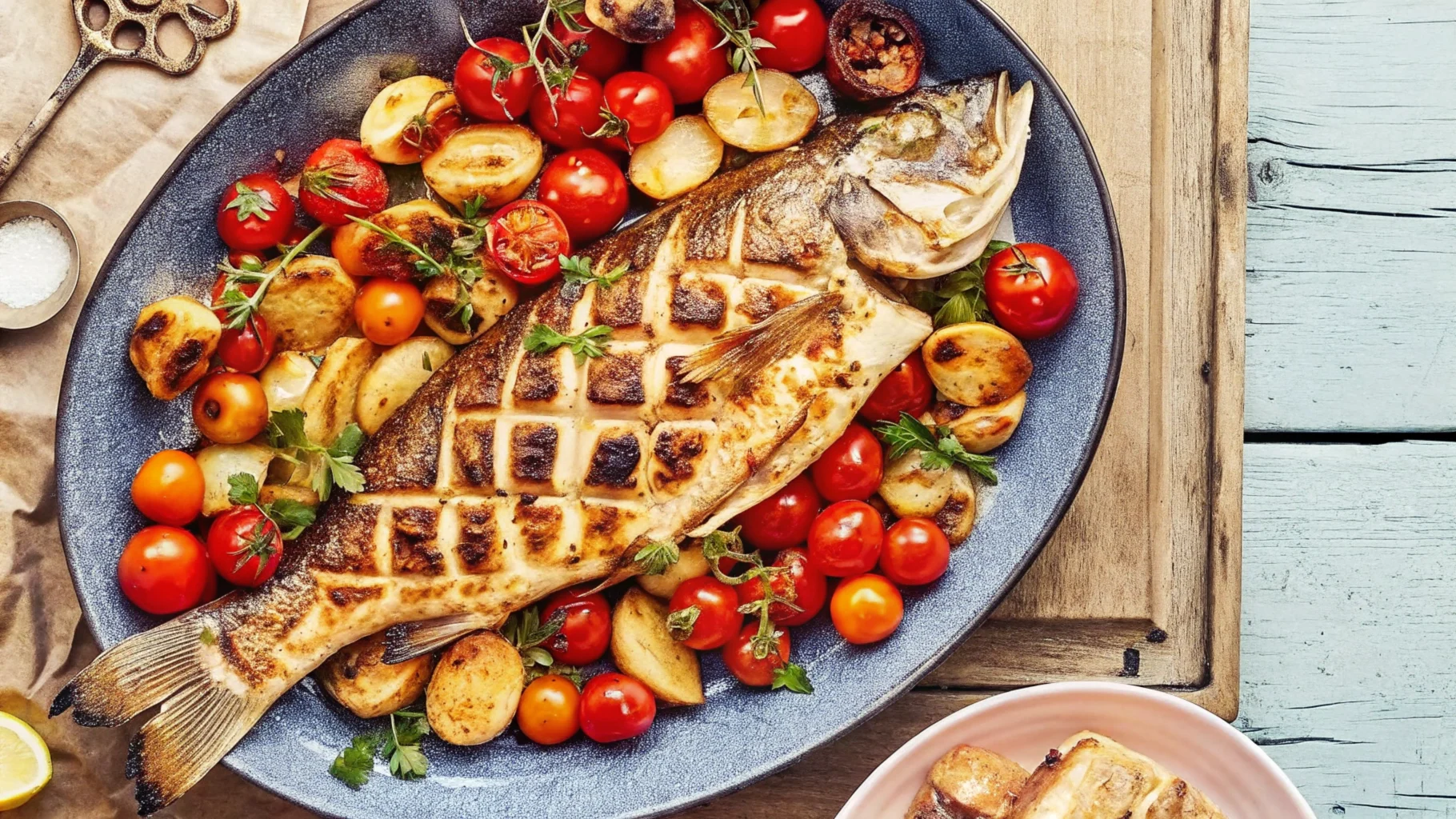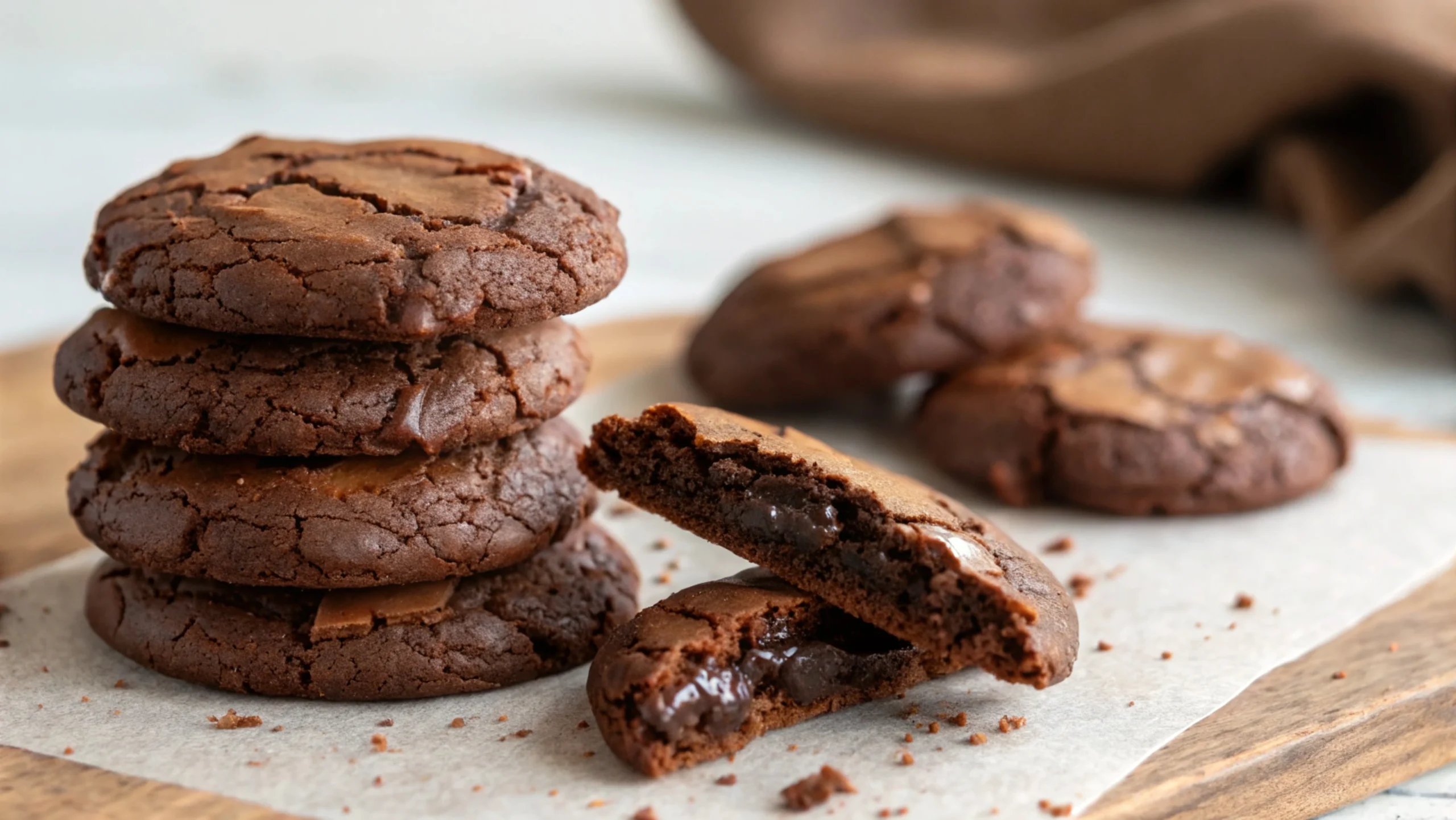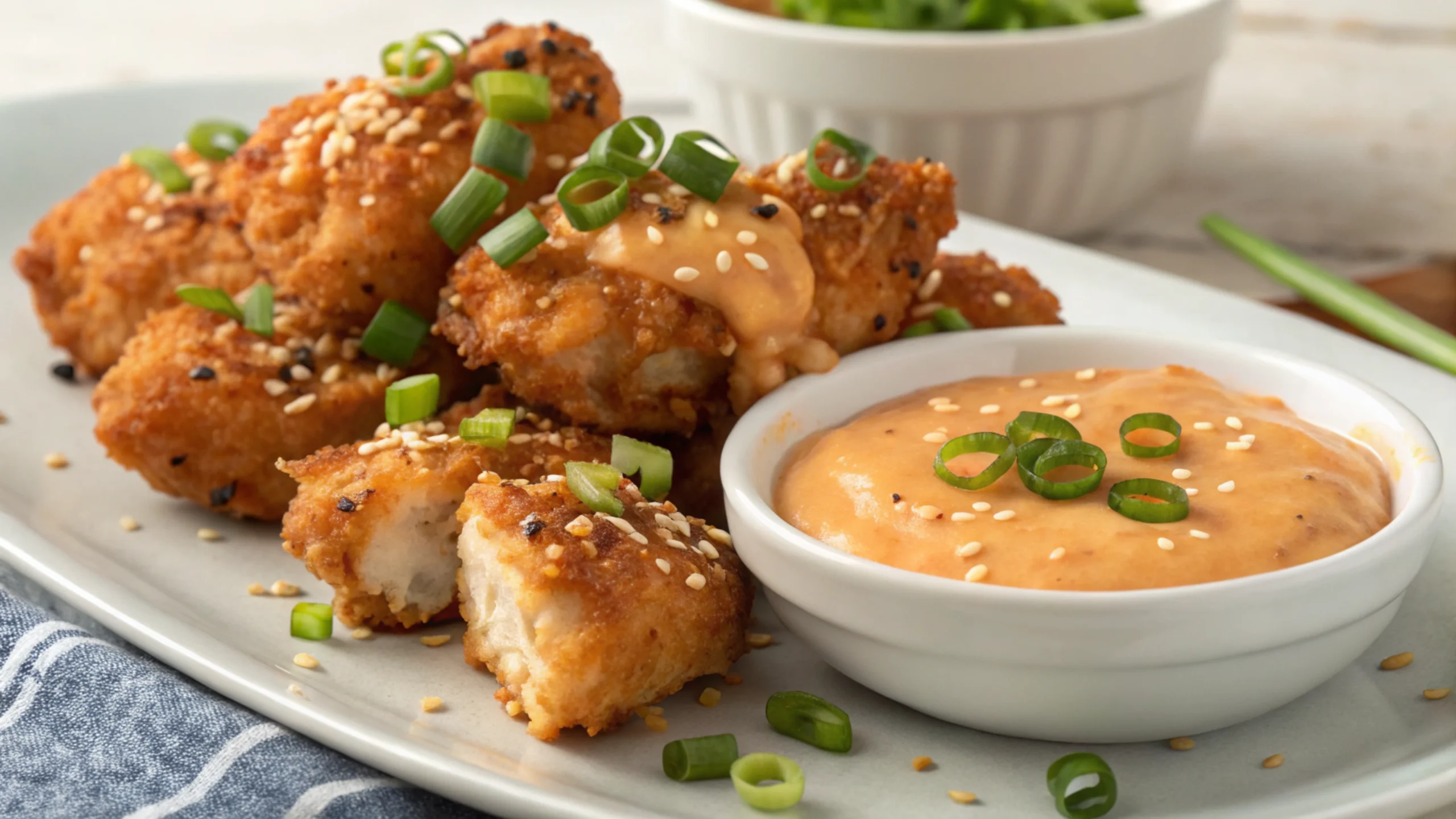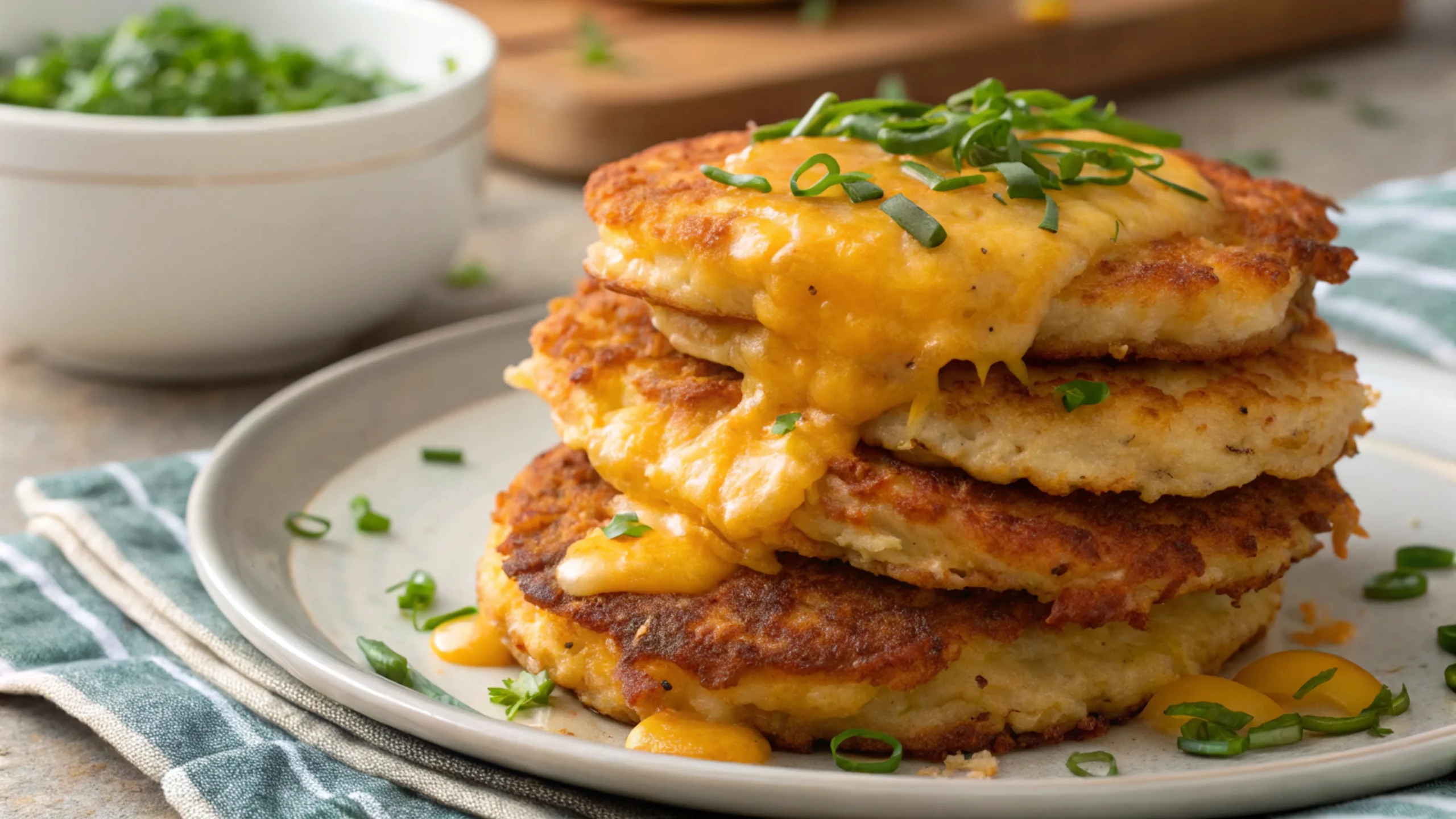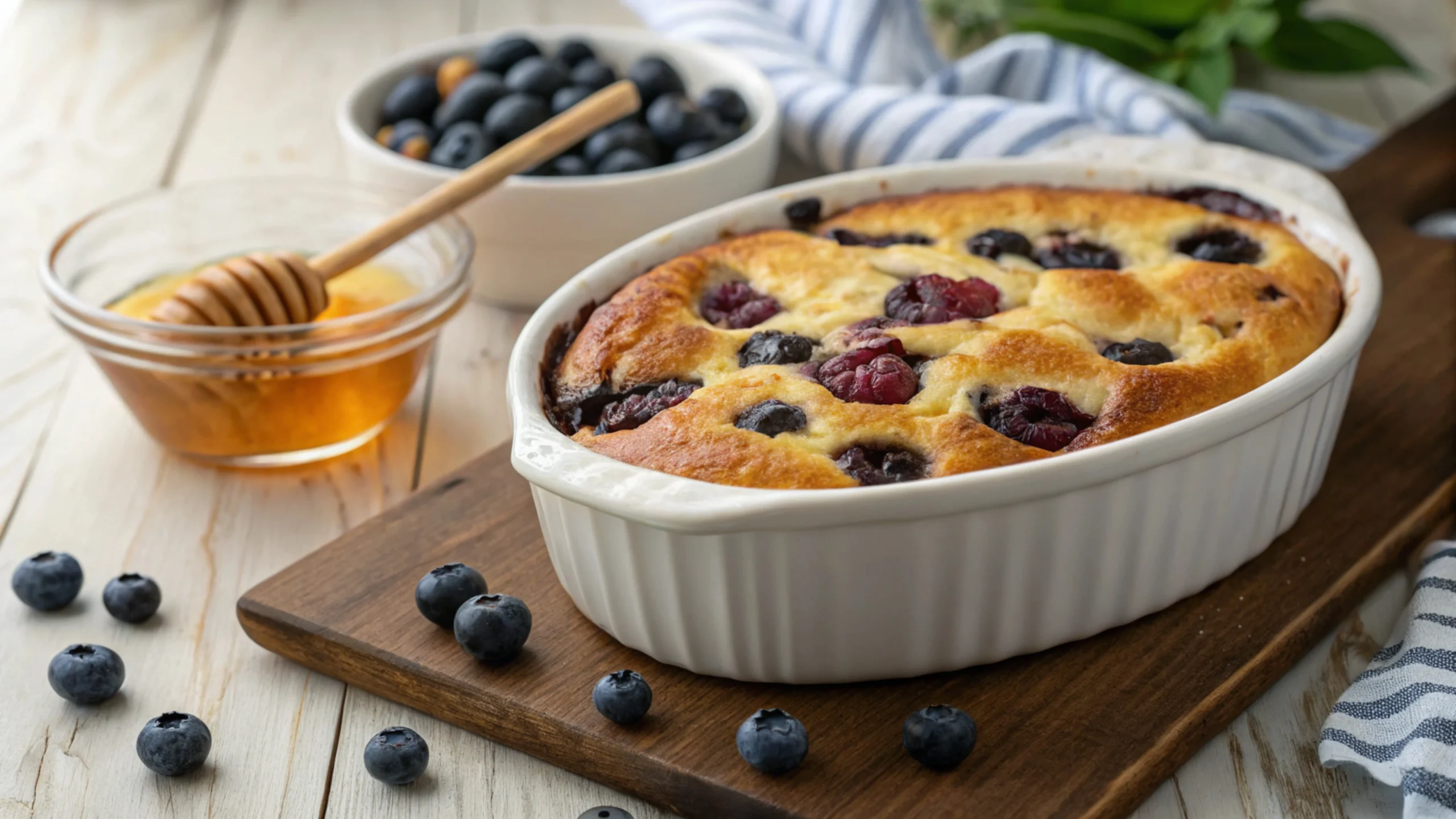If you’ve ever looked at your aquarium and wondered whether there’s a better, healthier way to feed your fish, you’re not alone. Making a homemade fish food recipe not only offers a cost-effective solution but also ensures that your aquatic pets receive the nutrients they truly need. Unlike store-bought options, crafting your fish food lets you tailor the ingredients to specific dietary requirements.
But how do you get started? This guide breaks down everything you need to know, from the essential ingredients to step-by-step instructions, ensuring you can create a healthy, DIY fish food recipe that keeps your fish thriving.
Table of contents
Why Choose Homemade Fish Food?
Creating your own fish food has numerous benefits:
- Cost Efficiency: Making fish food at home can save you money in the long run. Store-bought fish food, especially specialized types, often comes with a hefty price tag.
- Nutritional Control: You know exactly what goes into the recipe, allowing you to avoid fillers and harmful additives.
- Sustainability: By using local or leftover ingredients, you reduce food waste and lower your environmental impact.
Homemade fish food is particularly beneficial for fish with specific dietary needs, such as herbivores that require plant-based nutrients or carnivores that thrive on high-protein diets. Additionally, crafting your own fish food allows you to avoid preservatives and artificial coloring often found in commercial products. This ensures a more natural and organic meal for your aquatic pets.
For example, much like the principles outlined in delicious ways to minimize waste with rotisserie chicken, homemade fish food can incorporate leftover greens or proteins. Furthermore, involving family members, such as children, in preparing fish food can turn this task into an educational activity that teaches sustainable habits.
Key Ingredients for a Balanced Fish Food Recipe
Crafting a healthy fish food recipe requires a balanced mix of proteins, vegetables, and essential nutrients. Below is a breakdown of the must-have ingredients:
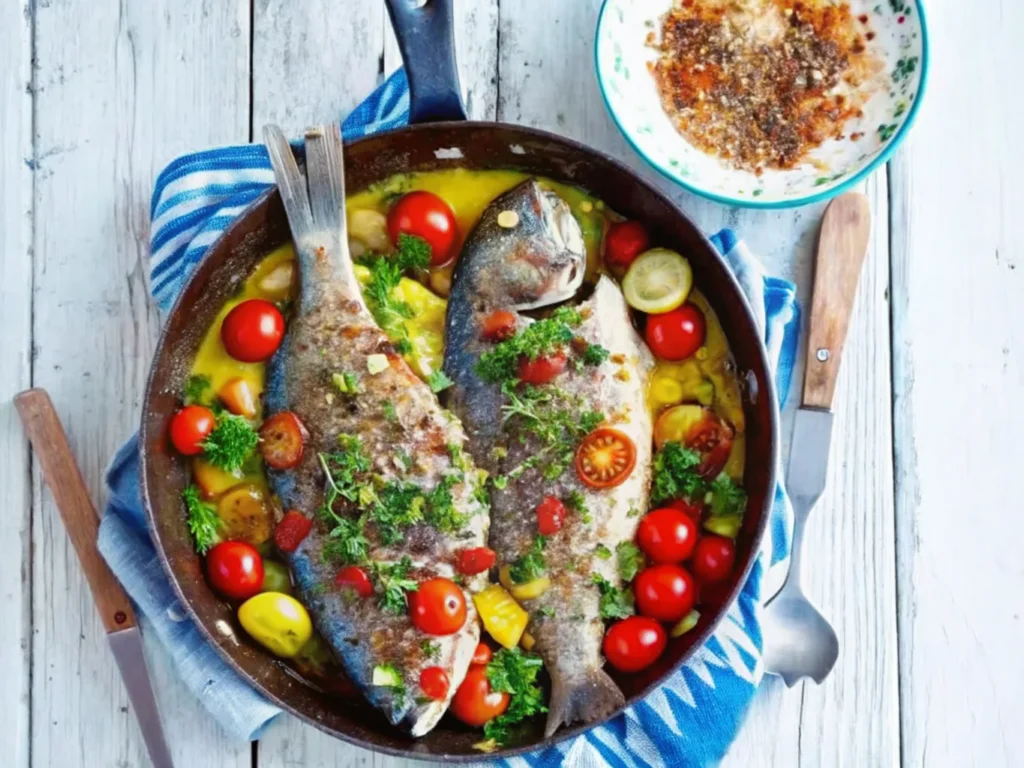
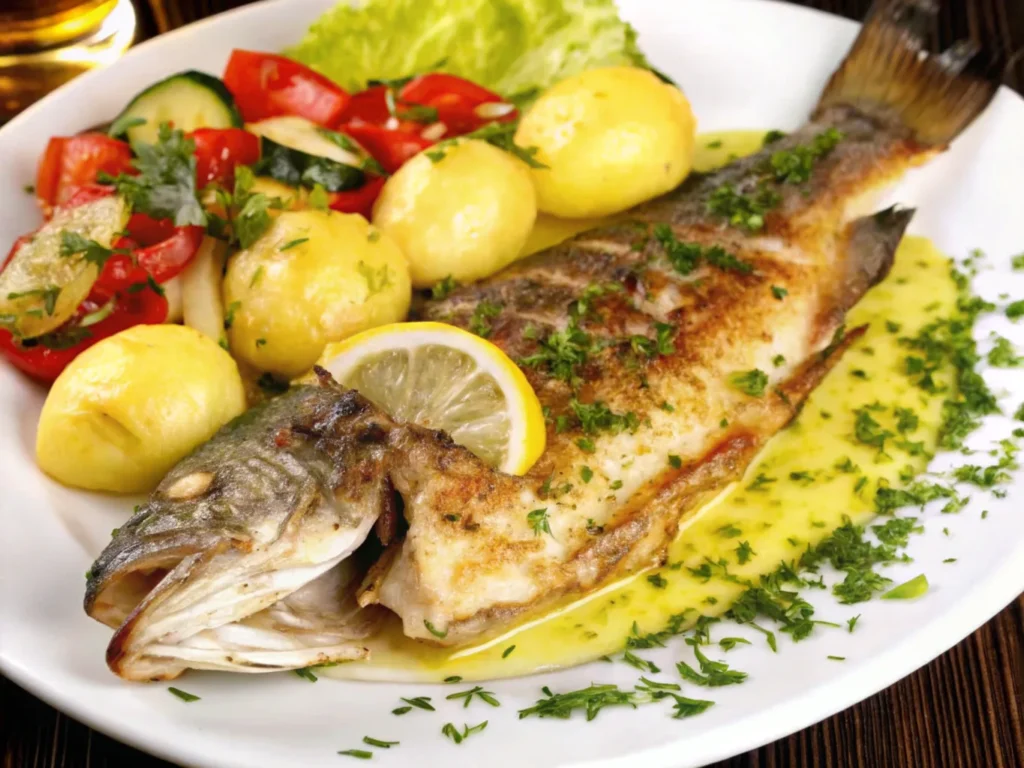
1. Protein Sources
Fish require protein as their primary energy source. Consider these options:
- Fish Meal: A nutrient-packed base ingredient.
- Shrimp or Prawns: High in protein and easy to source.
- Insects: Crickets and mealworms are excellent for tropical and carnivorous species.
- Egg Yolk: A rich source of proteins and fats suitable for smaller fish or fry.
- Earthworms: Another great source of natural protein for freshwater fish.
Tip: Avoid using raw meats like chicken or beef, as they can harm your fish’s digestive system and contaminate the water.
2. Vegetable Additions
Veggies add fiber and essential vitamins. Popular choices include:
- Spinach and kale for calcium and iron.
- Peas and carrots for easy digestion.
- Algae or spirulina for added Omega-3s.
- Zucchini or cucumber, which are easy to prepare and great for herbivores.
- Seaweed: Particularly beneficial for marine fish, offering iodine and other trace elements.
Blanching vegetables before mixing them ensures they are soft enough for fish to eat while retaining maximum nutrients. For more ideas, check out recipes featuring nutritious vegetables like in kefir sheet cake, which includes similar healthful ingredients.
3. Binders and Fillers
Binders hold the mixture together, ensuring it doesn’t crumble in the water. Use:
- Gelatin: Great for forming solid blocks.
- Agar-Agar: A vegan alternative to gelatin.
- Corn Starch: Adds texture without overpowering nutrients.
- Potato Flour: An excellent gluten-free alternative to wheat-based binders.
Using binders is critical to ensure the food stays intact during feeding and doesn’t dissolve too quickly, which can cloud the aquarium water. Experimenting with different binders allows you to create the perfect consistency for your fish food.
4. Supplements
- Omega-3 fish oils.
- Crushed multivitamins or calcium powders.
- Garlic extract to boost immunity.
- Vitamin C powder to enhance overall fish health and color vibrancy.
- Astaxanthin Powder: A natural carotenoid that enhances the vibrant coloration of ornamental fish like bettas and goldfish.
Step-by-Step Instructions for Making Fish Food
Follow these easy steps to create your DIY fish food recipe:
Preparation
| Step | Details |
|---|---|
| Prep Time | ~15 minutes |
| Cooking Time | ~20 minutes (for drying) |
| Yield | Feeds an average aquarium for 2–3 weeks |
Ingredients
Here’s what you’ll need:
| Ingredient | Amount | Purpose |
|---|---|---|
| Fish meal or shrimp (protein) | 1 cup | Primary source of protein for fish growth |
| Chopped vegetables | ½ cup | Provides fiber and essential vitamins |
| Gelatin or agar-agar | 1 tablespoon | Acts as a binder to hold food together |
| Omega-3 oil | A few drops | Enhances fish health and immunity |
| Crushed multivitamin tablet | Optional: 1 tablet | Adds extra vitamins and nutrients |
| Astaxanthin powder | Optional: 1 teaspoon | Enhances coloration for ornamental fish |
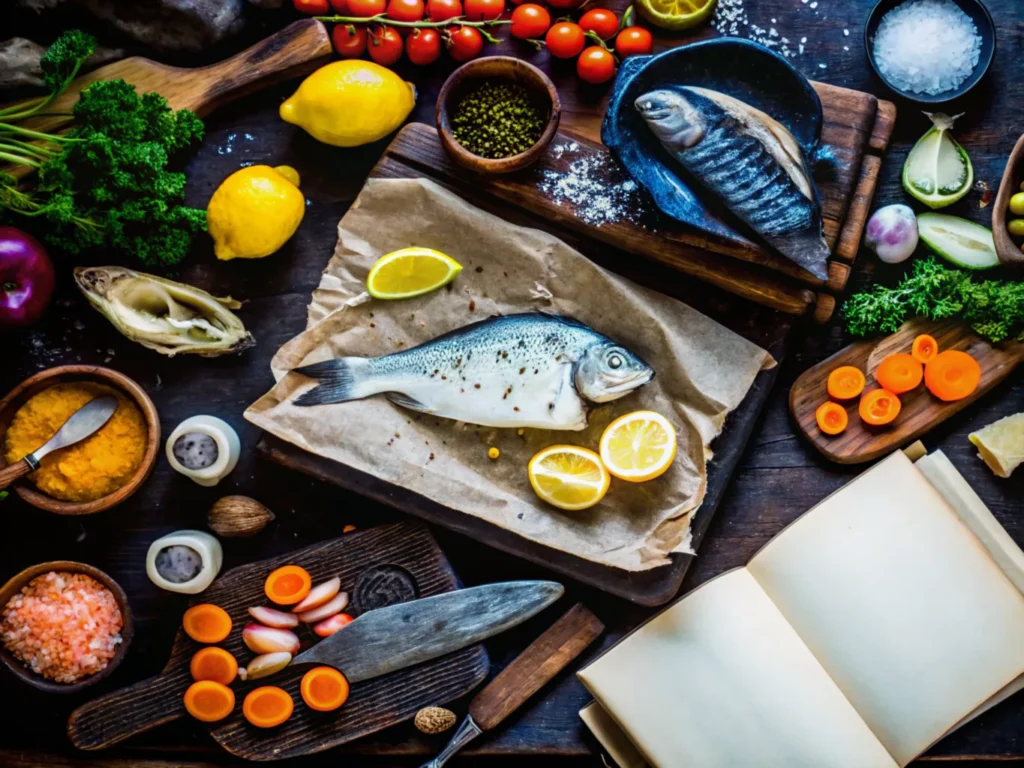
Instructions
- Blend Ingredients: In a blender, combine proteins and vegetables. Add water as needed to form a paste.
- Heat the Mixture: In a pot, warm the binder (gelatin or agar-agar) with water until it dissolves completely.
- Combine & Shape: Pour the heated binder into the blended mixture. Mix thoroughly and shape into small pellets or sheets.
- Dry or Freeze: Dry pellets under low heat (oven set to 120°F) or freeze them in an airtight container.
- Test & Store: Offer a small portion to your fish to ensure they enjoy it before preparing a larger batch. Make necessary adjustments based on their reaction.
Tips for Success
To ensure your recipe works perfectly every time:
- Storage: Freeze unused portions in airtight bags to retain freshness.
- Experimentation: Adjust the proportions based on your fish species (e.g., more protein for carnivores, more vegetables for herbivores).
- Avoid Harmful Ingredients: Stay away from salt, oils, and processed foods, as these can harm fish health.
- Portion Control: Feed your fish small amounts to avoid overfeeding and maintain water quality.
- Observe Your Fish: Pay attention to how your fish respond to the food. Their activity level, appetite, and overall health are indicators of success.
Consider similar techniques for safe food handling as highlighted in freezing taco soup properly.
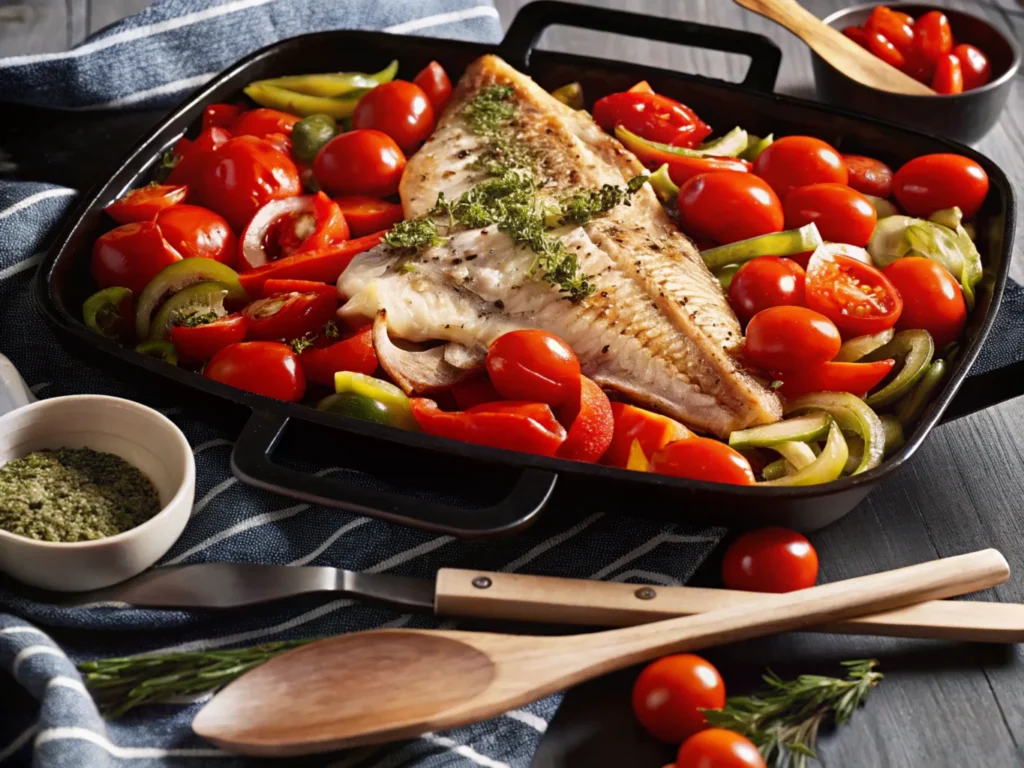
FAQs
What is the best homemade food for fish?
The best homemade food for fish is one tailored to their species. For example, carnivorous fish thrive on protein-rich foods like shrimp or fish meal, while herbivorous fish benefit from a mix of vegetables like spinach and peas. Adding supplements such as Omega-3 oils ensures balanced nutrition.
How to make homemade fish feed?
To make homemade fish feed, blend protein sources like fish meal or shrimp with vegetables such as carrots or spirulina. Use a binder like gelatin to form pellets, and either freeze or dry the mixture for storage. This ensures freshness and prevents crumbling in water.
What are the best ingredients for fish food?
The best ingredients include:
- Proteins: Fish meal, shrimp, or crickets for carnivores.
- Vegetables: Spinach, peas, and algae for herbivores.
- Supplements: Omega-3 oils and crushed multivitamins.
Avoid processed foods, oils, or excessive fillers.
How to make live food for fish?
Preparing live food for fish involves cultivating small organisms such as brine shrimp, daphnia, or blackworms. To begin with, purchase a live culture kit, then carefully follow the provided care instructions. After that, harvest the organisms as needed to ensure a fresh supply. Live food not only offers essential nutrients but also mimics natural feeding behaviors, which can enhance your fish’s health and overall activity.
What do you feed fish if you don’t have fish food?
If you don’t have fish food, however, you can offer small amounts of household items such as boiled peas, blanched spinach, cucumber slices, or even bits of egg yolk as a short-term solution. Additionally, be sure to rinse any food thoroughly and, more importantly, remove uneaten portions promptly to avoid water contamination.
How to make tilapia fish feed at home?
Homemade tilapia feed can be made by mixing plant-based proteins like soybean meal with vegetables such as sweet potatoes or cassava. Adding a small amount of fish meal or spirulina ensures balanced nutrition. Form the mixture into pellets using a binder like gelatin, then dry them for longer storage.
Conclusion
Creating your own fish food recipe is both cost-effective and highly satisfying. It allows you to customize meals based on the specific needs of your aquatic pets, ensuring they receive all the essential nutrients for optimal health. By learning about your fish’s dietary requirements, you can create a balanced and nutritious food source tailored to their species, whether they’re herbivores, omnivores, or carnivores. Understanding the protein, fat, and vitamin content your fish require is crucial for crafting a meal that supports their growth, vibrant colors, and overall well-being.
By following these easy steps, you’ll be able to incorporate fresh ingredients like vegetables, fish meal, or spirulina, allowing you to avoid unnecessary preservatives and additives commonly found in commercial fish food. Plus, you can experiment with different ingredients to suit your fish’s preferences, creating a variety of meals that keep them engaged and healthy.
What’s more, making your own fish food is not only rewarding but can also save you money in the long run, especially if you have multiple fish or different species with unique dietary needs. So, why not give it a try? By preparing a personalized, healthy meal for your fish, you’ll promote their well-being, happiness, and longevity, and foster a deeper connection with your aquatic companions.
